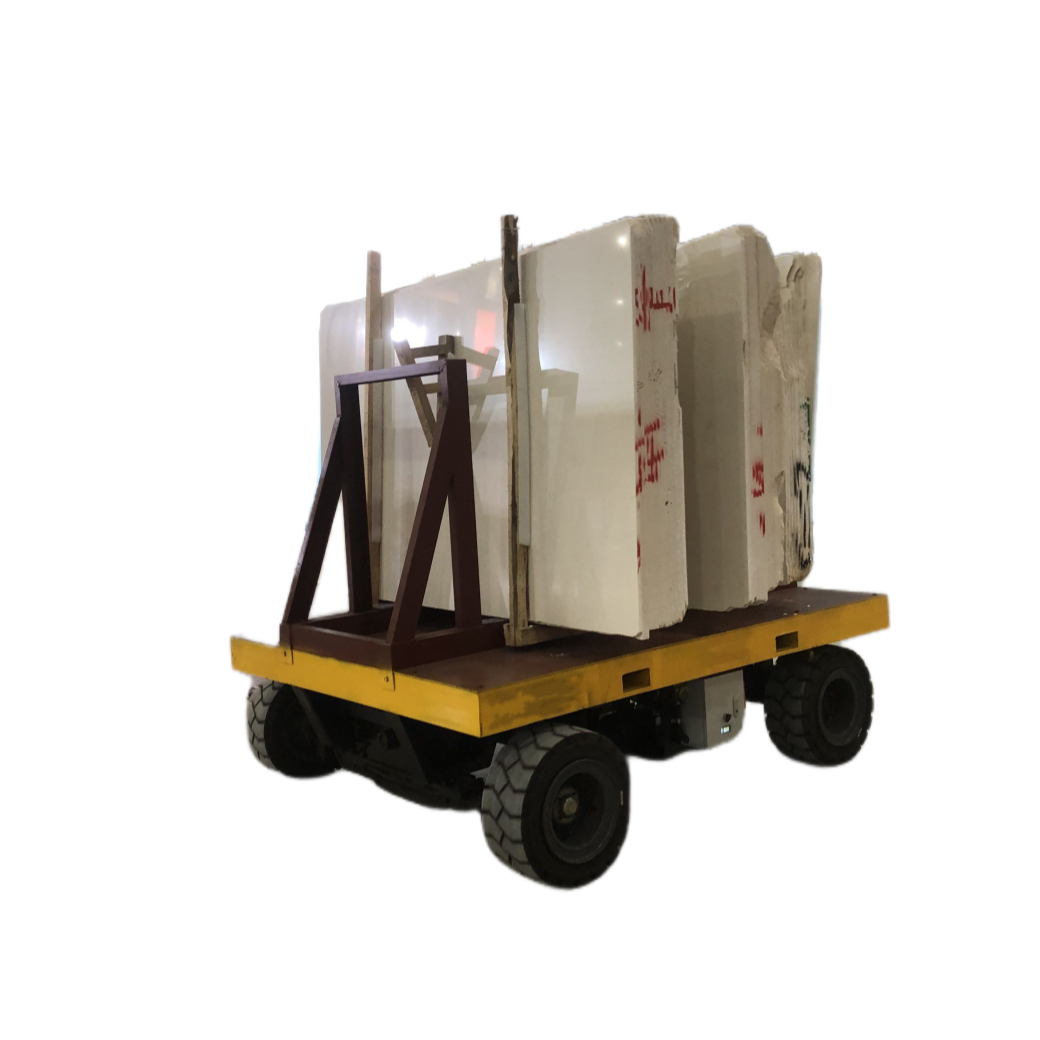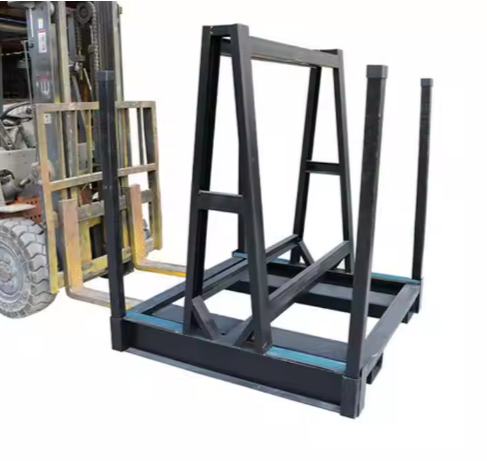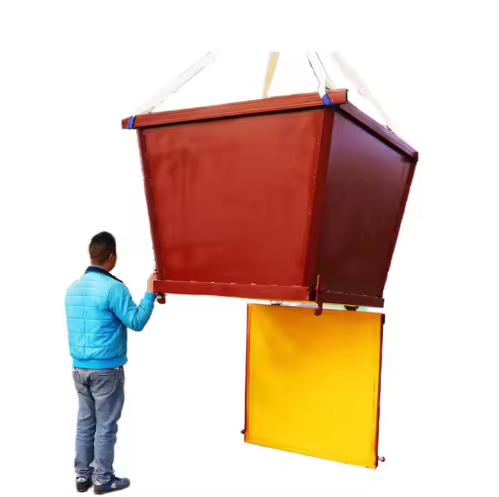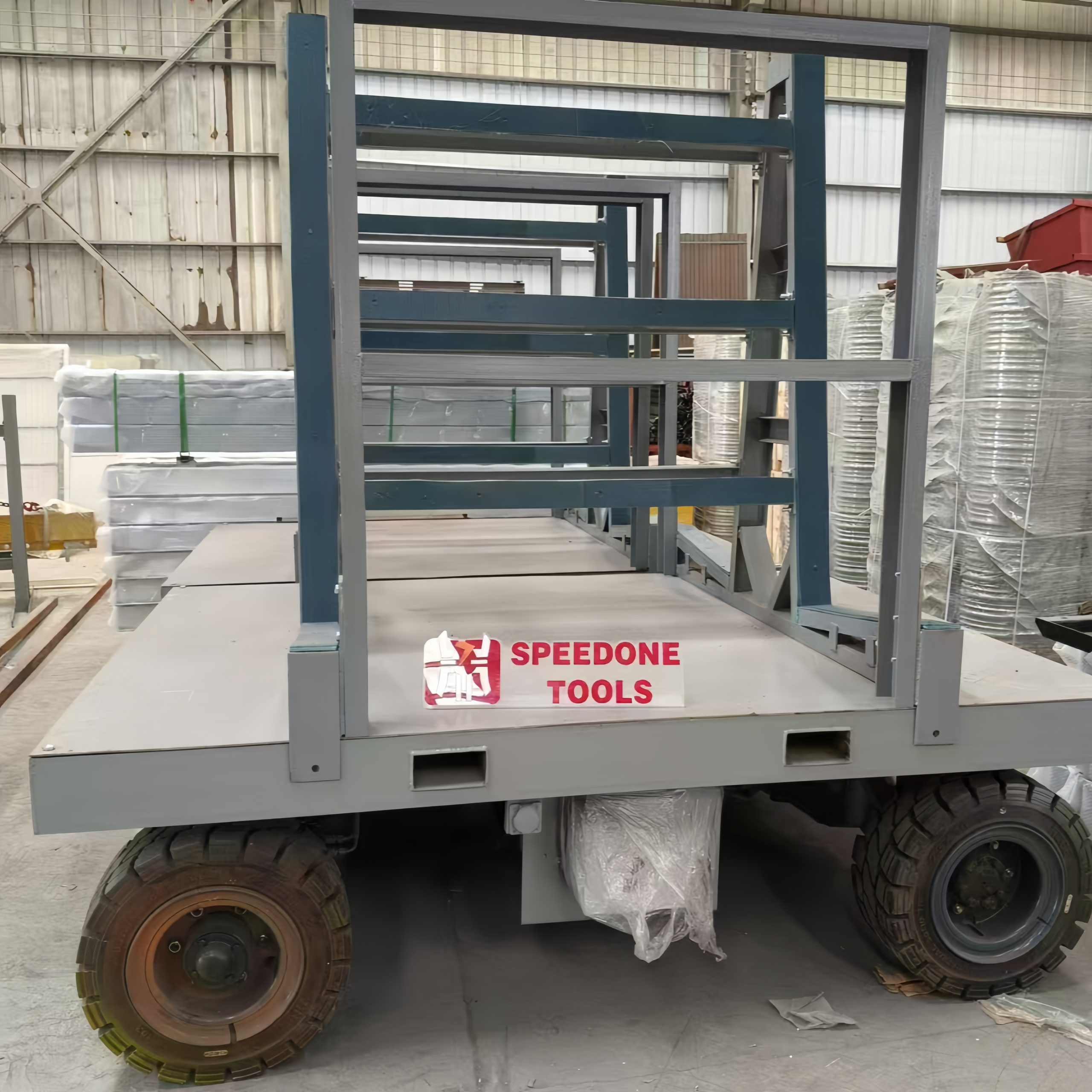In the complex industrial material handling, the slab transport cart is a crucial solution. From busy construction sites to precise manufacturing floors, efficiently moving heavy slabs is essential. This article explores the slab transport cart, covering its structure, power, operation, advantages, applications, comparison with other equipment, and future prospects.

bundle transport cart for slab
Structure and Design
The slab transport cart has a flat, sturdy platform made of high – strength materials like steel alloys. It distributes the weight of slabs evenly and may have anti – slip coatings or securing mechanisms to prevent shifting.
The cart is equipped with wheels made of durable materials such as rubber – coated polyurethane or solid – rubber compounds. Wheel arrangements vary; smaller manual carts often have a simple four – wheel setup, while larger powered ones may have six – or eight – wheel configurations, with some swivel wheels for better maneuverability.
Power and Propulsion
For light – duty and short – distance tasks in small workspaces, manual slab transport carts are practical. They have a simple handle for pushing or pulling, are cost – effective, and need little maintenance, making them suitable for small – scale or occasional use.
In indoor areas where noise and emissions must be minimized, electric – powered carts are the top choice. Powered by rechargeable batteries and driven by electric motors, they offer clean energy and precise movement control. They can be recharged during breaks or overnight for continuous operation.
Diesel – powered carts are preferred for heavy – duty, outdoor applications and long – distance transport of extremely heavy slabs. Diesel engines provide high torque, allowing the cart to handle slopes and uneven terrains. They have a longer operational range than electric carts, making them ideal for large – scale construction sites or quarries.
Operational Principle
When loading a slab, position the cart beneath it. Some carts have hydraulic or pneumatic lifting mechanisms that use fluid pressure to raise the platform and lift the slab. Once the slab is secure, it can be transported. During unloading, the platform is lowered. Powered carts are controlled by a panel with buttons or levers for movement and speed adjustment. Manual carts rely on the operator’s physical effort.
Key Advantages
Slab transport carts can handle heavy loads, with many models able to carry several tons. This makes them vital in industries dealing with large – scale construction materials or heavy – duty manufacturing components.
Despite their size and heavy loads, these carts are highly maneuverable. Swivel wheels, especially in larger models, enable easy turning in tight spaces, which is crucial in crowded work areas.
Safety is a priority. Most carts have emergency stop buttons, safety guards around the platform to prevent slab falls, and safety locks for lifting mechanisms.
In the long run, investing in these carts can save costs. They reduce manual labor, saving time and money, and minimize workplace injury risks related to manual handling.
Industry – Specific Applications
In construction, slab transport carts are used to move concrete slabs for foundations, floors, and walls, as well as pre – fabricated building components. This streamlines material transportation and speeds up construction projects.
Manufacturing plants use these carts to move raw materials and finished products. For example, in metal – manufacturing, they transport large metal sheets, and in furniture – manufacturing, they move large slabs of wood or composite materials.
The stone and marble industry depends on slab transport carts to move large natural stone slabs from quarries to processing plants or distribution centers. The cart’s high load – bearing capacity and maneuverability are well – suited to this industry.
Comparison with Other Handling Equipment
Forklifts are versatile, but slab transport carts are designed specifically for slabs. They offer a more stable platform for large, flat objects and often have a smaller turning radius, making them better for tight – space operations.
Slab racks and A – frame storage racks are for storing slabs, while slab transport carts are for moving them. The racks maximize storage space, while the cart focuses on transportation.
A slab display rack is for showcasing slabs in showrooms or trade fairs, while a slab transport cart is a practical tool for daily slab – moving operations.
Future Prospects
The future of slab transport carts will likely see more automation, with sensors, automatic navigation systems, and AI – based control algorithms. This will enable autonomous operation, increasing efficiency and reducing the need for human operators.
Ongoing battery research may lead to more efficient and longer – lasting batteries for electric carts, expanding their applications. Material science innovations may result in lighter yet stronger carts, improving performance.

transporting marble slabs CARTBDC-A
Conclusion
The slab transport cart is essential in industrial material handling. Its combination of high load – bearing capacity, maneuverability, safety features, and cost – efficiency makes it ideal for transporting heavy slabs across industries. As technology advances, we can expect more advanced and efficient slab transport carts.
Feature Product
-
 Stone Glass Slab Heavy-duty China factory Hot S...
Stone Glass Slab Heavy-duty China factory Hot S...Product Introduction: The Stone Glass Slab Heav...
-
 New Type Stone Waster Storage Bin Drop Bottom D...
New Type Stone Waster Storage Bin Drop Bottom D...Product Description Overview: The New Type Ston...


